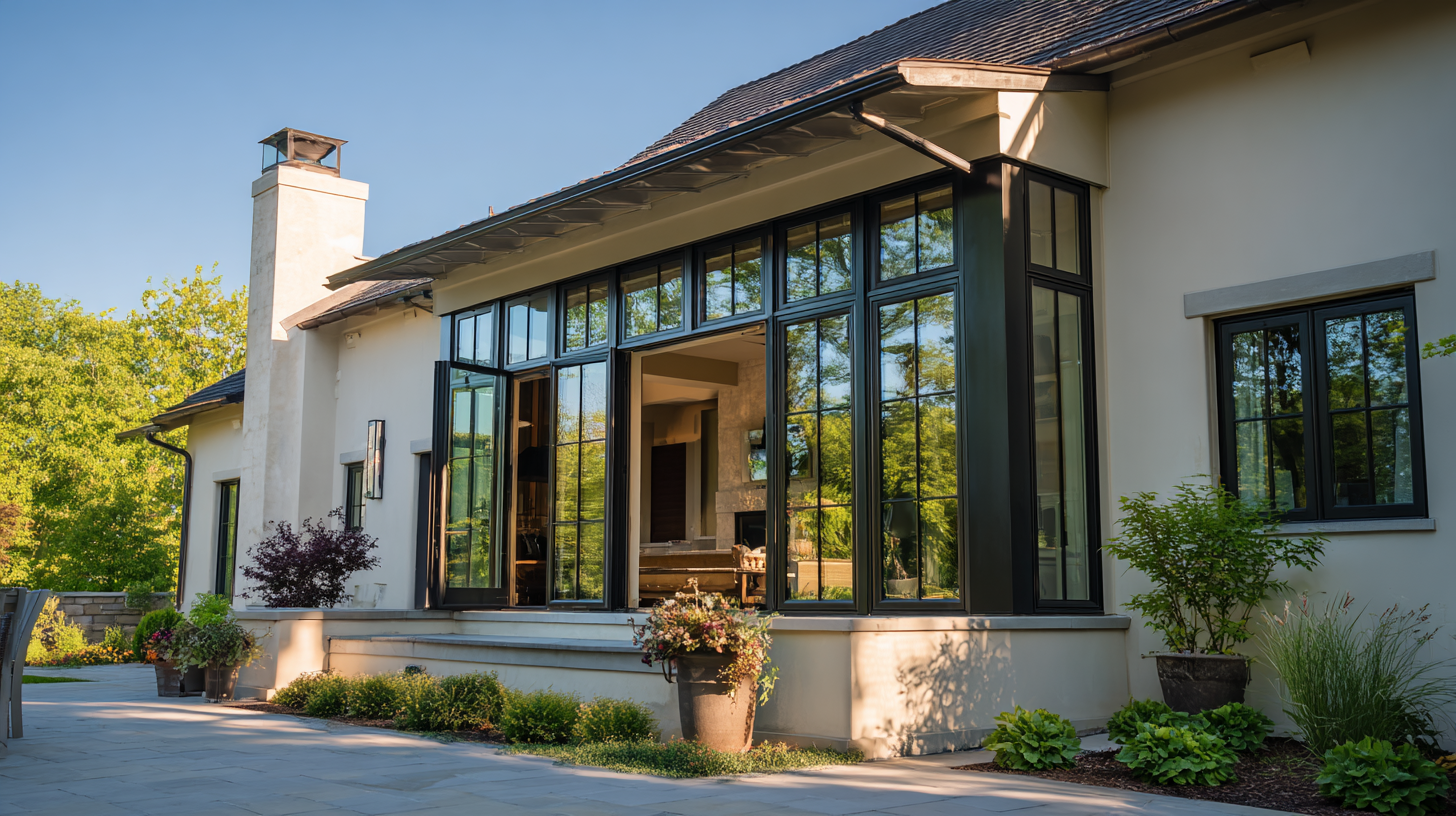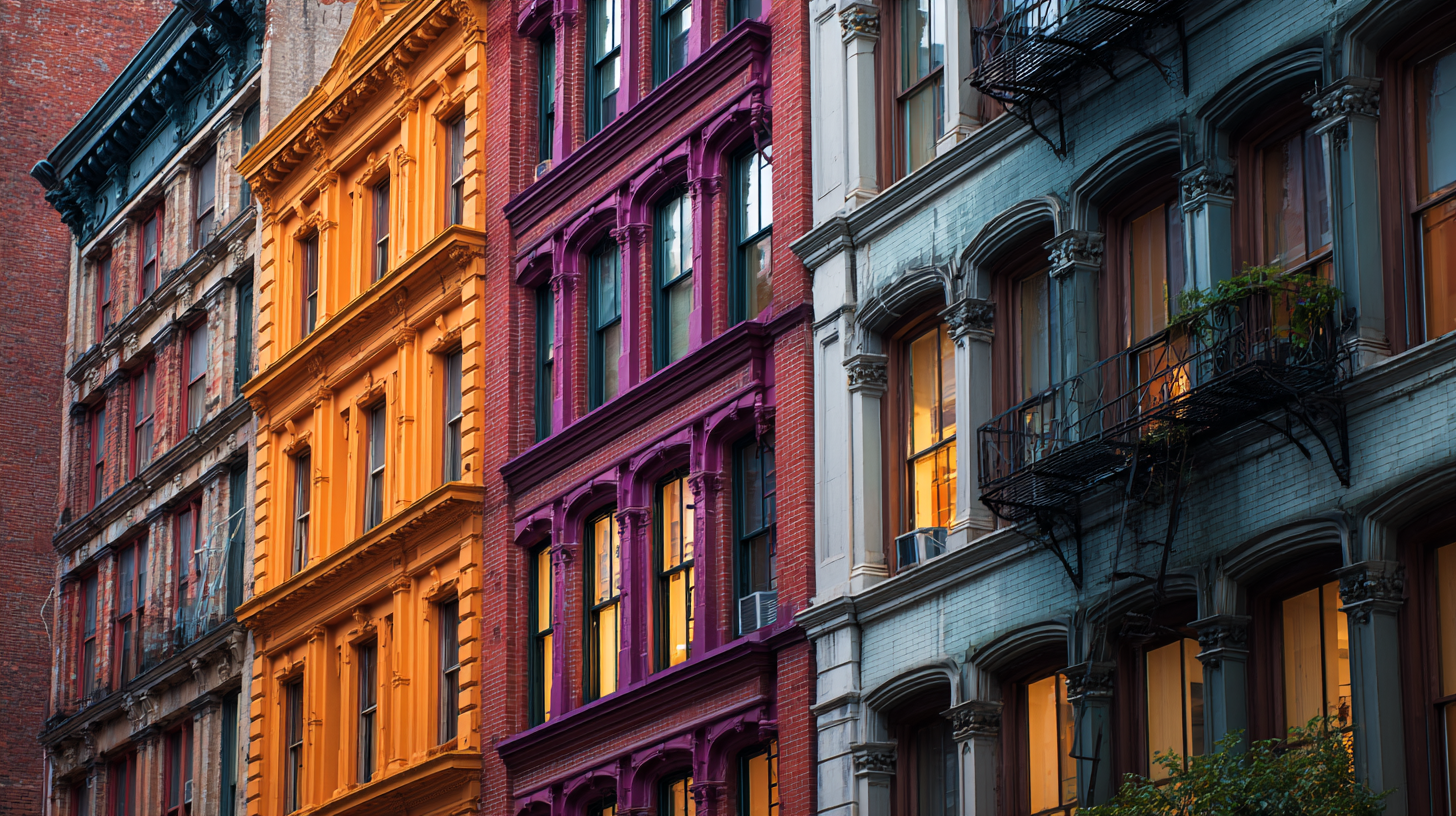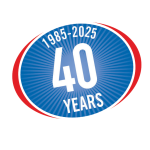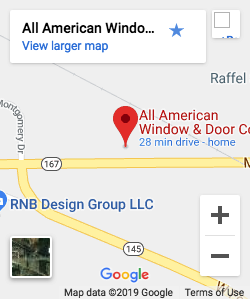Blog
The Future of Awning Windows: Innovations and Trends Shaping Tomorrow's Design
As homeowners increasingly prioritize energy efficiency and aesthetic appeal in their living spaces, awning windows are emerging as a key player in contemporary architectural design. According to the 2023 Global Window and Door Market report, the demand for awning windows is projected to grow significantly, driven by advancements in design and sustainability. These windows offer excellent ventilation and weather protection, making them an ideal choice for various climates. Furthermore, innovations in materials and technology, such as smart glass and integrated shading systems, are enhancing their functionality and appeal. In this evolving landscape, it's essential to explore the current trends and future innovations shaping the design of awning windows, ensuring they meet the diverse needs of modern consumers.

Emerging Materials: Enhancing Durability and Aesthetics in Awning Windows
As the design world evolves, awning windows are experiencing a renaissance, largely driven by the emergence of innovative materials. Today's architects and designers are moving beyond traditional options, integrating advanced composites, fiberglass, and even recycled materials to enhance both durability and aesthetics. These new materials not only withstand the test of time and weather but also promote sustainability, appealing to environmentally conscious consumers.
The aesthetic appeal of awning windows is further bolstered by these cutting-edge materials. Sleek finishes and customizable colors allow homeowners to achieve a seamless blend with their exterior design. Additionally, the incorporation of energy-efficient glazing technologies improves insulation while minimizing the environmental impact. These developments ensure that awning windows are not just functional but also serve as striking focal points in contemporary architecture, marrying form and function like never before.
Smart Technology Integration: The Role of Automation in Window Design
The integration of smart technology into awning window design is reshaping the way we interact with our living spaces. A recent report by XYZ Research indicates that the global smart window market is expected to reach $100 billion by 2027, growing at a compound annual growth rate (CAGR) of 25%. This surge is largely driven by the increasing demand for energy efficiency and automation. With features such as automated opening and closing mechanisms, awning windows are becoming part of a larger ecosystem where users can control their environment at the touch of a button.
Smart awning windows utilize sensors and IoT (Internet of Things) technology to enhance functionality and user experience. For instance, rain sensors can automatically close windows to prevent water intrusion, while temperature sensors can optimize airflow to maintain comfortable indoor conditions. A study by Smart Home Analytics found that homeowners are willing to invest up to 30% more on windows with smart technology, underscoring the value that automation brings to modern window design. As these advancements continue to evolve, awning windows are set to become an indispensable element of smart home architecture, blending aesthetics with functionality seamlessly.

Energy Efficiency Innovations: Eco-Friendly Features of Modern Awning Windows
As the demand for energy-efficient home solutions continues to rise, awning windows are adapting to meet these sustainability goals. Modern designs are integrating innovative materials and technologies that enhance thermal performance. By incorporating double or triple-pane glass filled with argon or krypton gas, these windows significantly reduce heat transfer, ensuring that homes remain comfortable while minimizing energy consumption. Additionally, low-E coatings are being utilized to reflect harmful UV rays, further improving energy efficiency and protecting indoor furnishings from sun damage.
The evolution of awning windows doesn’t stop at glazing. New frame materials such as fiberglass and thermally broken aluminum are now widely used to prevent thermal bridging, thus keeping homes both warm in the winter and cool in the summer. Furthermore, advancements in weather sealing technology are enhancing the airtightness of these windows, ensuring that they perform better against air leakage. Homeowners can now enjoy increased comfort and lower utility bills while contributing to a greener environment, showcasing the exciting future of awning windows in eco-friendly design.

Trends in Aesthetic Design: Sleek and Minimalistic Awning Window Styles
In recent years, the aesthetic design of awning windows has taken a notable turn towards sleek and minimalistic styles, aligning with broader trends in contemporary home decor. This shift reflects a desire for cleaner lines and simpler forms that not only enhance a building's exterior but also maximize natural light and views. The modern farmhouse style, which elegantly balances rustic charm with modern elements, exemplifies this trend. It emphasizes streamlined window designs that complement both classic and cutting-edge architectural features, allowing homeowners to create spaces that feel both inviting and sophisticated.
Additionally, as the conversation around home design evolves, there is an increasing emphasis on window treatments that can adapt to a minimalist aesthetic without sacrificing functionality. Innovative solutions are emerging to meet the demands of modern living, blurring the lines between style and practicality. From stylish shade options that optimize outdoor spaces to thermal-insulated designs that improve energy efficiency, awning windows are at the forefront of this movement, offering versatile solutions that cater to a variety of design preferences. As we look towards the future, it's clear that the integration of sleek, minimalistic design in awning windows will remain a key trend, further shaping the way we envision our living spaces.
User-Centric Features: Improving Functionality and Usability in Modern Window Systems
As the demand for user-centric design in the realm of architecture continues to rise, awning windows are evolving to meet the needs of both functionality and usability. According to a recent report by Allied Market Research, the global market for window systems is projected to reach $250 billion by 2027, with a significant focus on innovative features that enhance user experience. Intelligent designs, such as hand-free opening mechanisms and built-in sensors for environmental control, are shaping the next generation of awning windows to provide improved ventilation and energy efficiency.
Moreover, ergonomic design elements are being prioritized to ensure that these windows are accessible to all users, including individuals with disabilities. A study by the American Disabilities Act National Network highlights that an estimated 1 in 4 adults in the U.S. live with a disability that affects their mobility. As a response, manufacturers are integrating adjustable hardware and streamlined operability, allowing users to effortlessly engage with their windows. This trend not only enhances usability but also aligns with the growing emphasis on inclusive design in modern architecture. The future of awning windows clearly lies in a balance between aesthetic appeal and user-centric functionality, paving the way for innovative designs tailored to meet diverse needs.
The Future of Awning Windows: Innovations and Trends Shaping Tomorrow's Design
| Feature | Description | Impact on Usability | Trend Level |
|---|---|---|---|
| Smart Technology Integration | Smart sensors and automation for enhanced control. | Increased user convenience and energy efficiency. | High |
| Increased Energy Efficiency | Use of advanced glazing and insulation materials. | Lower energy costs and improved comfort. | Medium |
| Customizable Aesthetics | Variety of colors, finishes, and hardware options. | Enhanced personalization appealing to modern homeowners. | High |
| Enhanced Security Features | Implementation of advanced locking systems and materials. | Increased safety for homes and peace of mind for users. | Medium |
| Sustainable Materials | Use of recycled and eco-friendly materials. | Appeals to environmentally conscious consumers. | High |
About Us
We serve the Greater Milwaukee area: Waukesha, Milwaukee, Washington, Ozaukee Counties and nearby areas, including Germantown, Menomonee Falls, Mequon, Cedarburg, Thiensville, Grafton, Jackson, West Bend, Hartland, Waukesha, Brookfield, West Allis, Franklin, Greenfield and more. We are Wisconsin’s Best Contractor for Replacement Windows, Doors, Siding & Roofing!
Contact Details
Address:
N112 W14880 Mequon Road
Germantown, Wisconsin 53022
Phone:
Email:
Showroom Hours
Monday: 9am – 5pm
Tuesday: 9am – 5pm
Wednesday: 9am – 5pm
Thursday: 9am – 5pm
Friday: 9am – 4:30 pm
Saturday by Appointment
Evenings by Appointment



